Gardening can be incredibly rewarding, but a few simple mistakes can cause big problems for your plants. These common blunders often happen without us realizing, but they can lead to stunted growth, disease, or even dead plants. A blunder is simply a misstep or oversight that can have serious consequences in the garden. Knowing what to avoid is key to keeping your plants healthy and thriving.
Overwatering
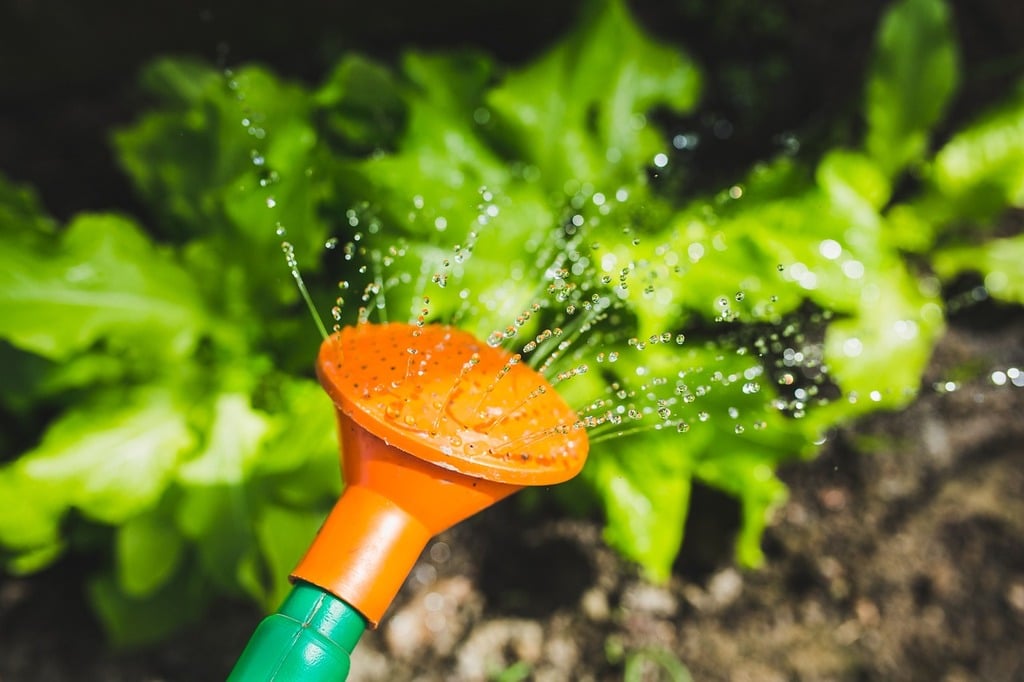
Overwatering is one of the most common mistakes gardeners make. It can drown plant roots, preventing them from accessing the oxygen they need to survive. This often leads to root rot, stunted growth, and eventually plant death. Many plants prefer slightly dry soil, so understanding your plants’ water needs is crucial. A good rule of thumb is to check the soil moisture before watering.
Underwatering
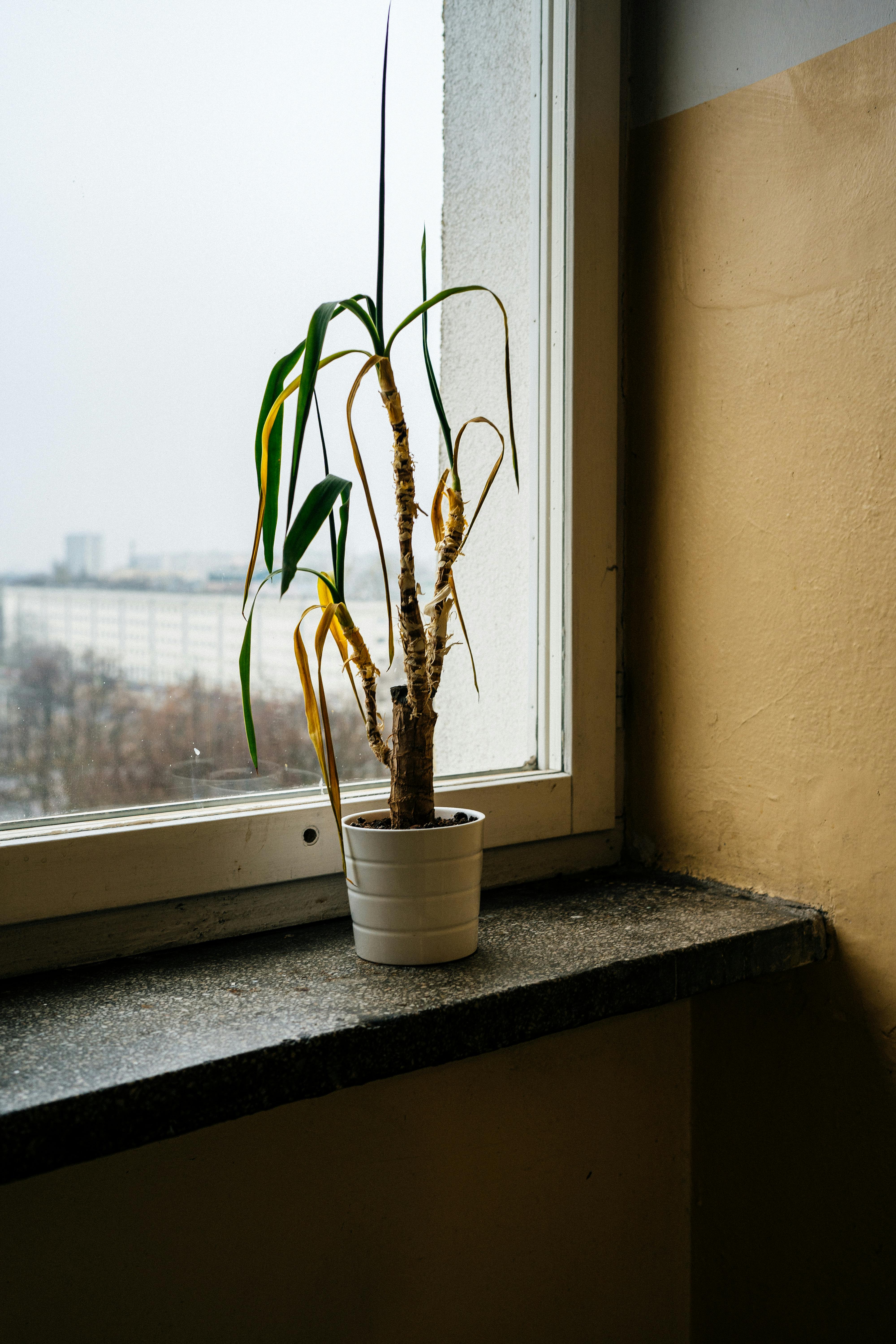
On the flip side, underwatering can be just as harmful. Plants rely on consistent moisture to absorb nutrients and maintain healthy growth. When deprived of water, leaves may wilt, turn brown, and the plant’s overall health will decline. Soil that’s too dry can lead to poor root development and eventual plant death. Be sure to water regularly, especially in hot, dry weather.
Planting in the Wrong Location
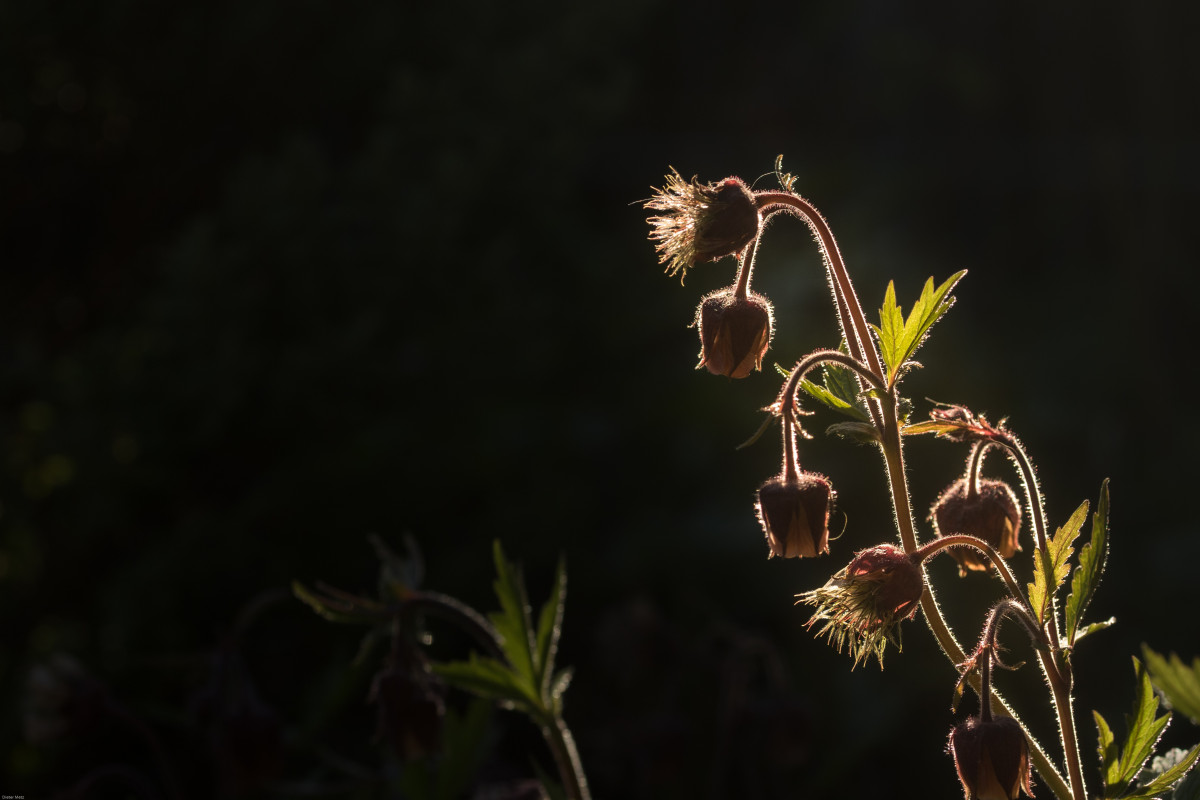
Planting in the wrong spot, such as a sun-loving plant in the shade, can severely limit growth. Plants need the right amount of sunlight to thrive, and too little or too much can stress them. It’s essential to research your plants’ light and soil preferences. Pay attention to where the sun hits your garden throughout the day. Placing plants in the proper location ensures they get the light and nutrients they need.
Ignoring Soil Quality

Healthy plants start with healthy soil, but many gardeners overlook this critical factor. Poor soil quality can lack essential nutrients and drain improperly, leading to weak plants. Regularly amending your soil with organic matter like compost helps improve texture and fertility. You should also test the soil pH to ensure it’s right for your plants. Ignoring soil health leads to nutrient deficiencies and slow growth.
Overcrowding Plants
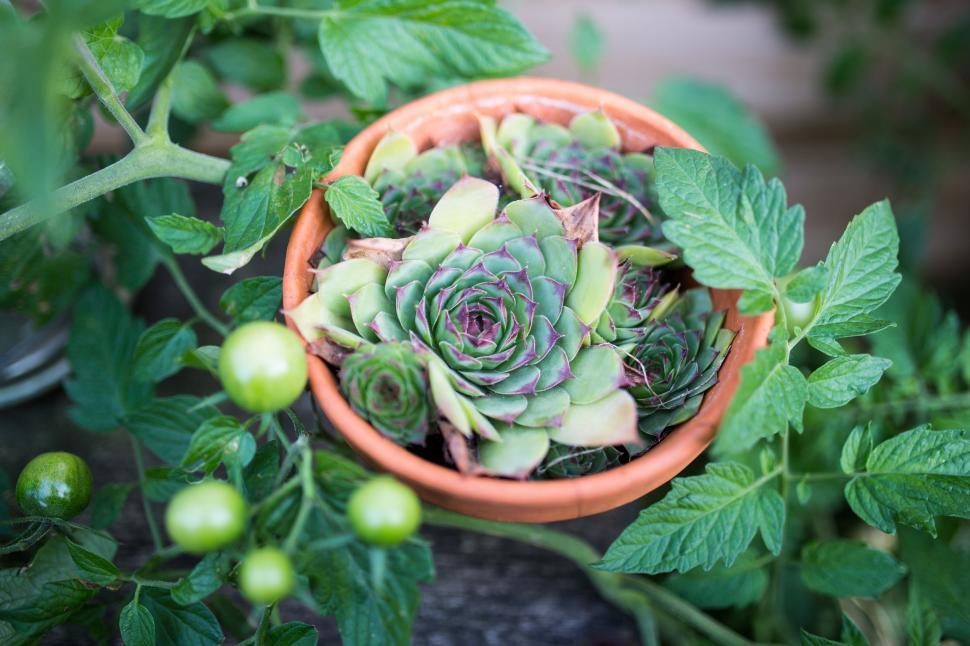
It’s tempting to plant closely for a full, lush garden, but overcrowding can be disastrous. Plants need room to grow, and when they’re too close, they compete for nutrients, water, and sunlight. Overcrowding also increases humidity around plants, making them more susceptible to diseases. Thinning your plants allows for proper air circulation, which is key to preventing issues. Always check the spacing requirements for each type of plant.
Planting Too Deep or Too Shallow
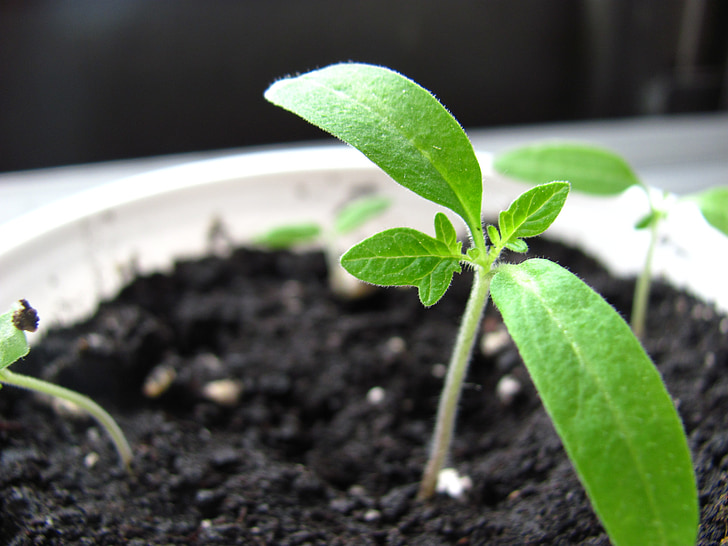
Planting too deep or too shallow can affect a plant’s ability to establish itself. When planted too deep, roots may struggle to access water and nutrients, leading to slow growth or plant death. Conversely, planting too shallow can expose roots to drying out. The key is to plant at the correct depth based on the plant’s specific needs. Proper planting gives plants a strong start and better chances of survival.
Neglecting to Mulch
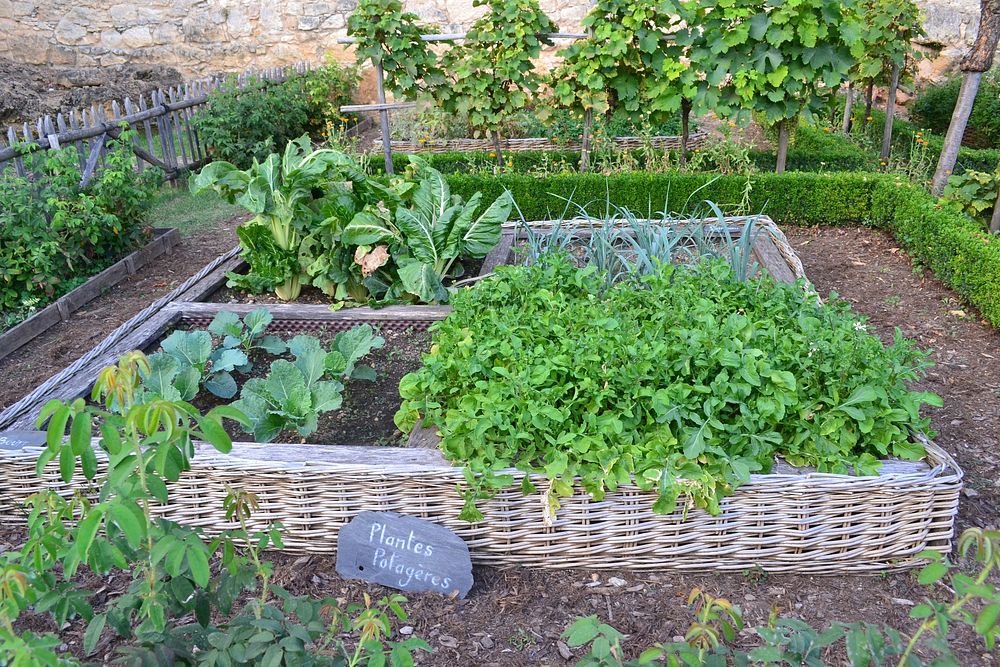
Mulching helps regulate soil temperature, retain moisture, and suppress weeds, but many gardeners skip this step. Without mulch, soil can dry out more quickly, causing plants to stress from lack of water. Mulch also breaks down over time, adding nutrients back into the soil. It can protect plants from extreme temperature swings, helping them survive through seasons. Applying a layer of mulch around your plants is an easy way to boost their health.
Fertilizing Too Much or Too Little

Fertilizer is important, but too much can burn plants, while too little can lead to poor growth. Over-fertilizing can lead to an excess of nutrients, which disrupts the natural balance of the soil. Too little fertilizer, on the other hand, results in nutrient deficiencies that leave plants weak. It’s best to follow the recommended dosage for each type of plant and soil condition. A balanced approach ensures plants get what they need without suffering harm.
Pruning Incorrectly
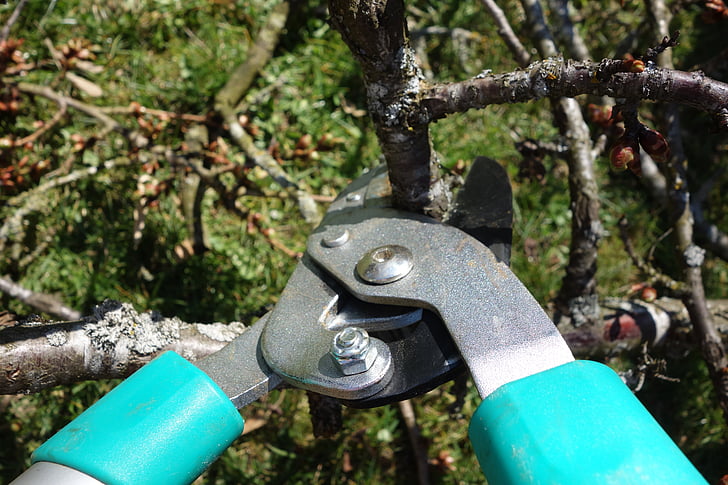
Pruning is vital for keeping plants healthy, but doing it wrong can cause damage. Cutting too much, too little, or at the wrong time can stress plants and affect their growth. Pruning helps remove dead or diseased branches, promoting healthy new growth. It’s essential to use clean, sharp tools and understand the specific needs of each plant. Pruning correctly will improve the plant’s structure and encourage more blooms or fruit.
Using Pesticides Carelessly
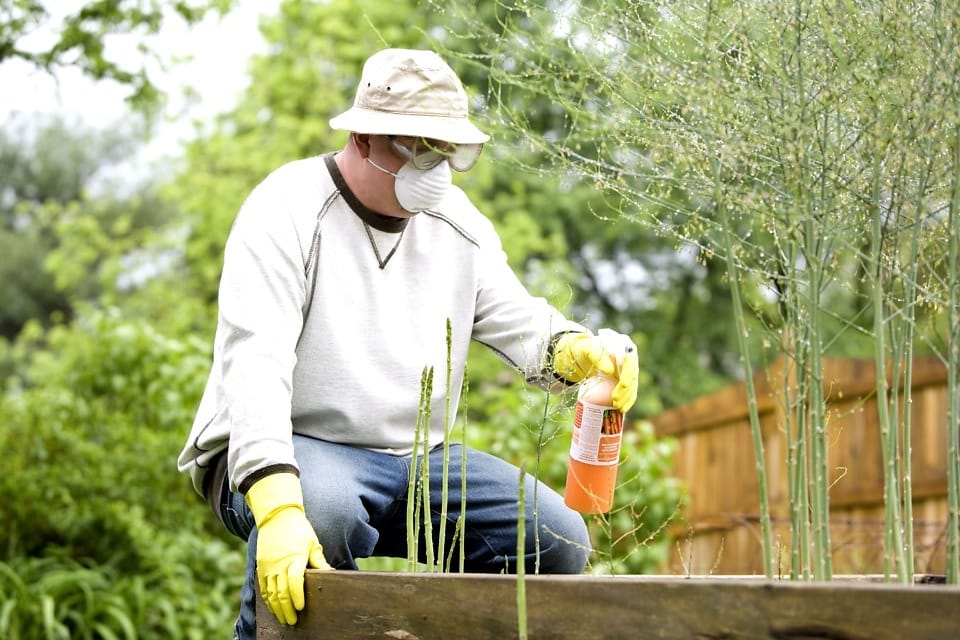
Pesticides can be helpful, but using them carelessly can harm both plants and beneficial insects. Overuse of pesticides may damage plants and disrupt the natural ecosystem of your garden. Always read the label and follow the recommended amounts. Consider using natural pest control methods whenever possible. Protecting your garden’s balance will promote healthier plant growth.
Not Rotating Crops

For vegetable gardeners, not rotating crops can deplete the soil and increase the risk of pests and diseases. Planting the same crops in the same spot year after year leads to nutrient depletion in the soil. Rotating crops helps replenish the soil and disrupts pest cycles. Try moving plant families around the garden each season to keep soil healthy. This practice also improves yield and reduces the likelihood of disease.
Neglecting Weeds
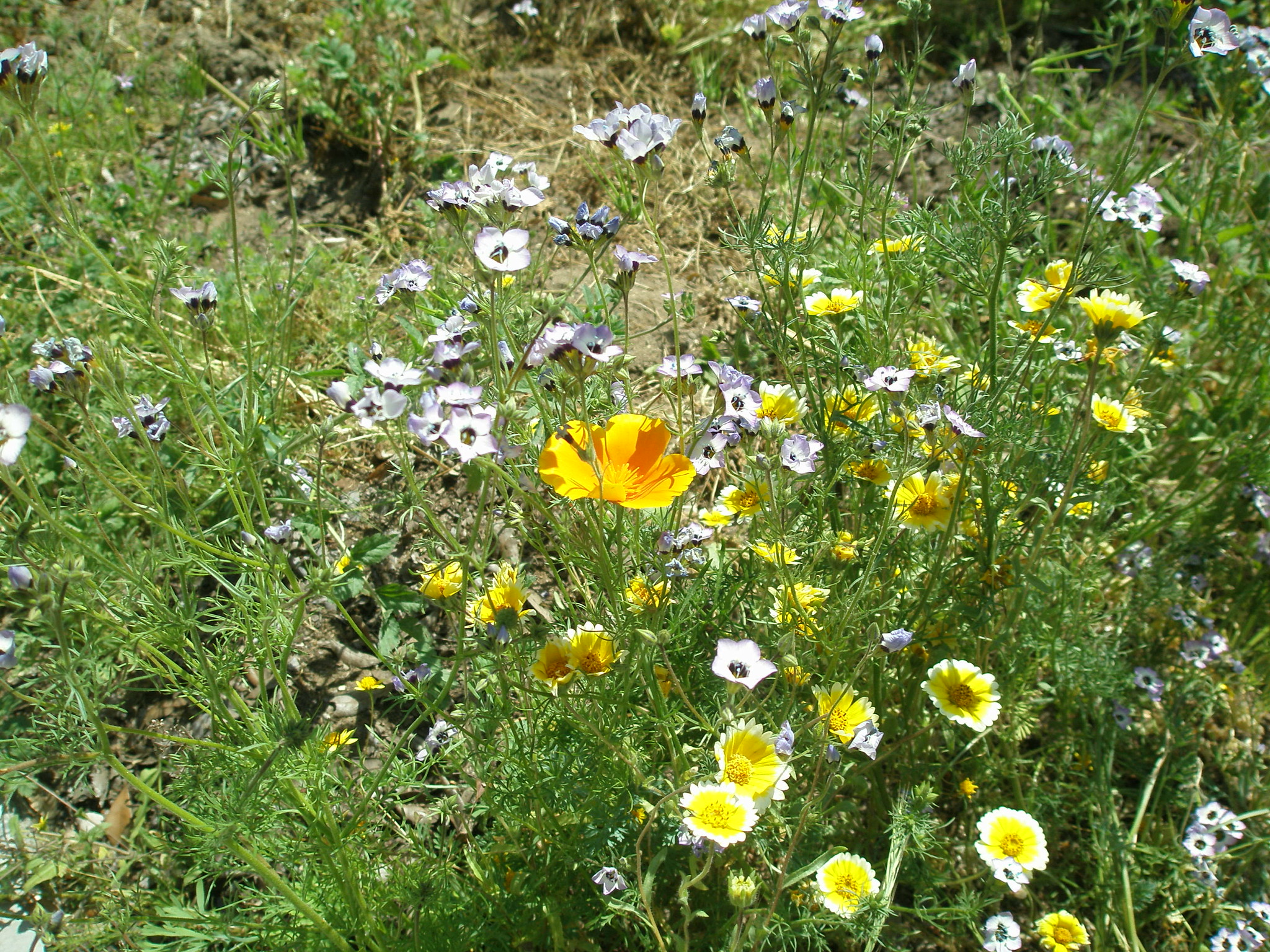
Weeds compete with your plants for water, nutrients, and sunlight. If left unchecked, they can choke out smaller, more delicate plants. Regularly pulling weeds helps reduce competition and keeps your garden looking tidy. Mulching can also help prevent weed growth by blocking sunlight from reaching weed seeds. Staying on top of weeds ensures your plants have the best chance to thrive.
Forgetting to Deadhead Flowers
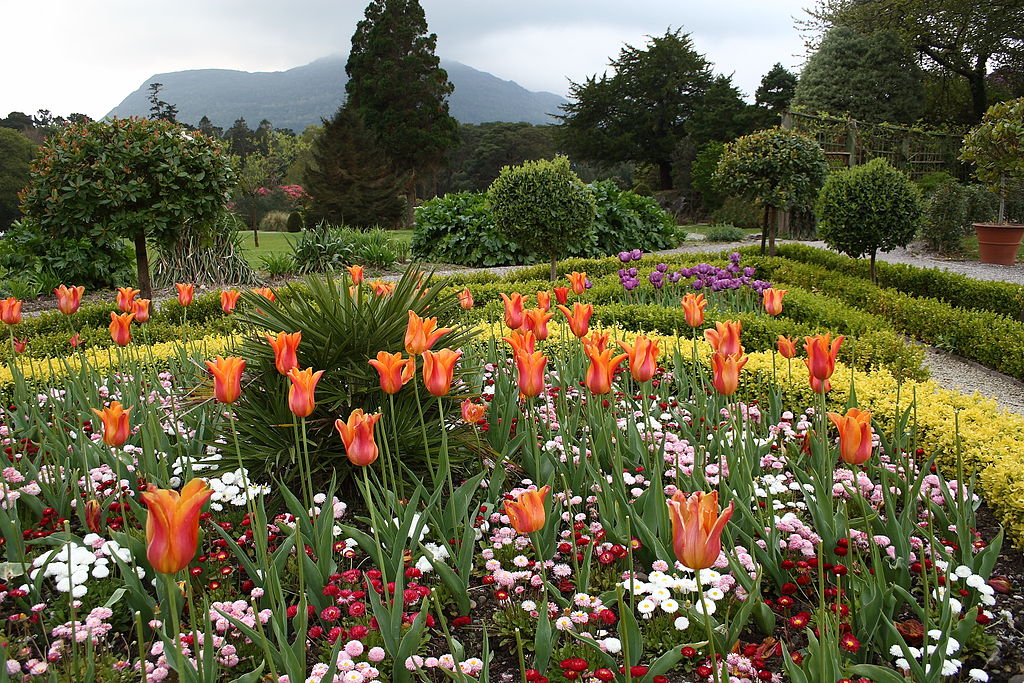
Deadheading, or removing spent flowers, encourages plants to produce more blooms. If you skip this step, plants may stop flowering early in the season. Deadheading helps redirect the plant’s energy into growing new flowers rather than forming seeds. It also keeps your garden looking neat and encourages a longer blooming season. Make deadheading a regular part of your garden maintenance routine.
Ignoring Seasonal Transitions

Not preparing your garden for seasonal changes can cause plants to suffer during extreme weather. For instance, neglecting to water in the fall can lead to plants going into winter in a weakened state. Similarly, failing to protect plants from frost can cause severe damage. Taking the time to transition your garden for each season ensures that plants are better prepared for temperature fluctuations. Planning ahead keeps your plants healthy year-round.
Using the Wrong Tools
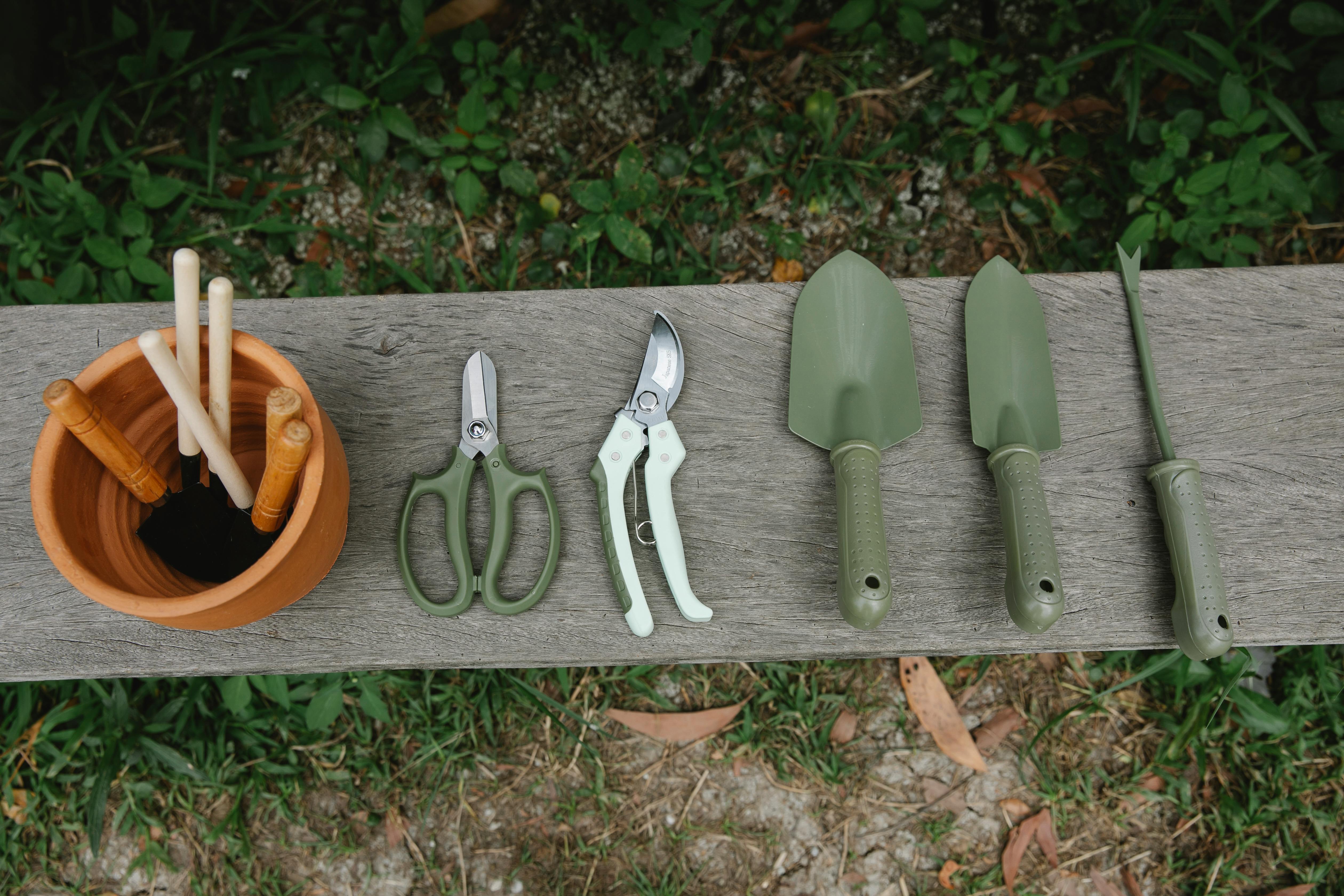
Using the wrong garden tools can damage plants and make tasks harder than they need to be. For example, dull pruners can crush stems rather than make clean cuts, leaving plants vulnerable to disease. It’s important to use the right tools for each job and keep them clean and sharp. Investing in good quality tools can make a big difference in how well your garden performs. Proper tools ensure efficiency and better plant care.
Not Understanding Plant Compatibility
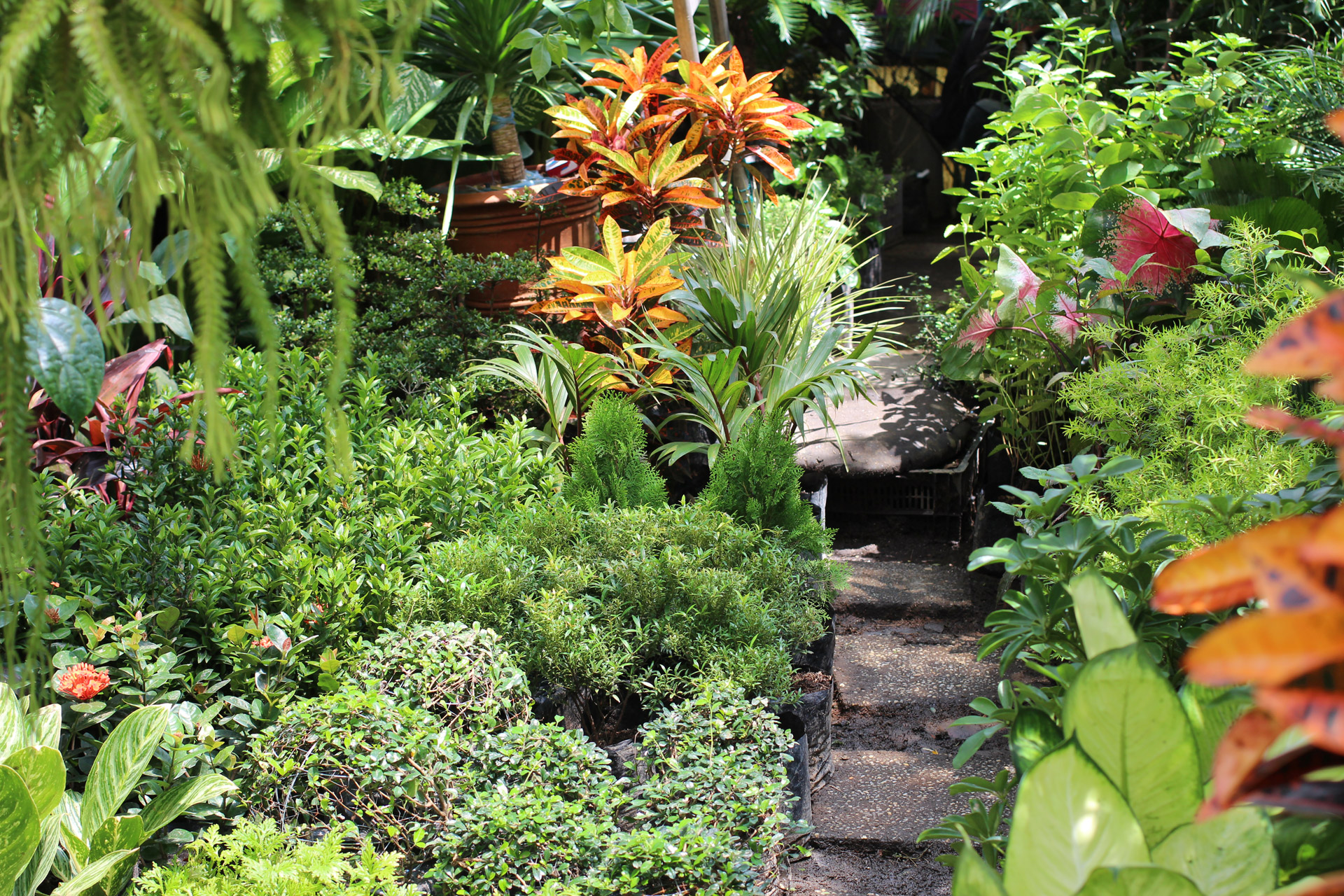
Some plants simply don’t grow well together, either because they compete for resources or attract harmful pests to one another. Planting incompatible species next to each other can stifle growth and lead to increased pest problems. Companion planting, on the other hand, pairs plants that benefit each other. Doing a little research before planting can save you trouble later on. A well-planned garden layout ensures all your plants thrive.
Neglecting to Harden Off Plants

If you move plants from indoors to outdoors too quickly without hardening them off, they may go into shock. Hardening off gradually exposes plants to outdoor conditions, allowing them to adjust. Without this step, plants can suffer from sunburn, wind damage, or stunted growth. Slowly increasing their exposure over a week or two helps them acclimate to their new environment. Proper hardening off prepares plants for a successful transition outdoors.
Planting at the Wrong Time

Planting too early or too late in the season can spell disaster for your plants. If planted too early, cold weather could kill young seedlings, while planting too late may not give plants enough time to mature. Checking your local planting schedule is essential to ensure your plants have optimal growing conditions. Timing is key for seed germination, healthy growth, and a bountiful harvest. Plant at the right time to give your plants the best chance of success.
This article originally appeared on UnifyCosmos.
More from UnifyCosmos
15 Fashion-Forward Travel Outfits That Are Comfortable and Stylish

Traveling should never mean sacrificing style for comfort. With the right outfits, you can look effortlessly chic while staying comfortable throughout your journey. Read More
17 Makeup Techniques That Instantly Transform Your Look

Makeup has the incredible power to elevate your appearance in minutes. Whether you’re getting ready for a special occasion or just want to boost your everyday look, mastering a few key techniques can make all the difference. Read More
15 High-Impact Jewelry Pieces for Instant Glam

Jewelry has the power to transform an outfit from simple to stunning in just seconds. Whether you’re dressing up for a special occasion or adding a touch of elegance to your everyday look, the right piece can make all the difference. Read More
Leave a Reply